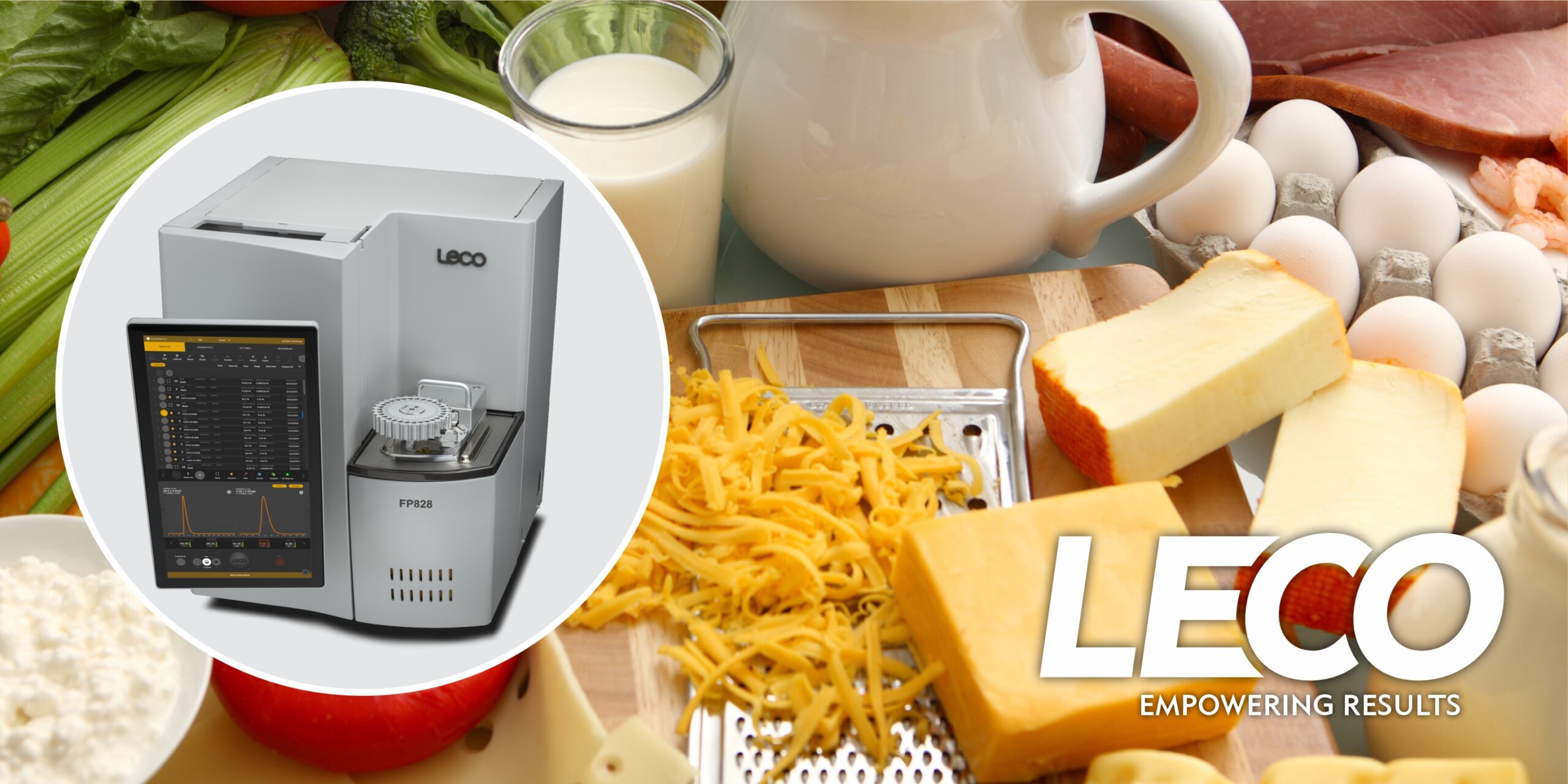 Moisture levels in soil are important to know when growing plants. In addition to being a necessary component of photosynthesis, the moisture in soil acts as a carrier for a plant’s essential nutrients, such as nitrogen and carbon. Knowing the moisture content of your soil enables you to properly balance the nutrient density and correct for moisture issues. Traditional manual drying methods have been lab-tried and -tested, but they can feel like relics of the past as today’s lab is tasked to do more with less time.
Moisture levels in soil are important to know when growing plants. In addition to being a necessary component of photosynthesis, the moisture in soil acts as a carrier for a plant’s essential nutrients, such as nitrogen and carbon. Knowing the moisture content of your soil enables you to properly balance the nutrient density and correct for moisture issues. Traditional manual drying methods have been lab-tried and -tested, but they can feel like relics of the past as today’s lab is tasked to do more with less time.
The standard methods for moisture testing in soil and plant material involves oven drying methods. These call for large samples, up to 50 g, to be manually weighed and dried at 105-110°C for 4 hours to ensure complete dryness or constant mass.
Any modern chemist can see a handful of ways to improve this method. Measuring the samples alone takes extra equipment and therefore extra workspace. The samples need to be transferred from balance to oven and back, and the more samples come into human contact or outside atmosphere, the greater the chance for error or bias. Hygroscopic materials used when measuring the samples may reabsorb moisture during the measurements, distorting the results. Manual recording of information can lend itself to typos or misread notes, and even if there are no errors in the data, it simply takes so much time to manually record and graph the data points. Anything to speed up the analysis time is crucial in this day and age.
 The LECO TGM800 and TGA801 answer all of these ways to improve the method. While both instruments reduce the workspace needed by being single instruments that can handle all aspects of a moisture analysis, the TGM800 is even smaller than a typical drying oven. The one instrument is first loaded with empty crucibles, which are weighed, and then those crucibles are loaded with the samples that are logged into the system. From there, the instrument handles all of the weighing, measuring, recording, and graphing of data. The Cornerstone® brand software automatically records the results and presents them in a real-time graphical format as the analysis is taking place. Since all of this weighing and measuring is done internally within the instrument, the samples can be weighed at temperature, eliminating the need for any additional materials that could disturb the results. Finally, this at-temperature weighing means that the analysis can be run until samples hit a mass constancy, which is typically set to a change of less than 0.1 mg over nine minutes, which is at least three data points from a single sample.
The LECO TGM800 and TGA801 answer all of these ways to improve the method. While both instruments reduce the workspace needed by being single instruments that can handle all aspects of a moisture analysis, the TGM800 is even smaller than a typical drying oven. The one instrument is first loaded with empty crucibles, which are weighed, and then those crucibles are loaded with the samples that are logged into the system. From there, the instrument handles all of the weighing, measuring, recording, and graphing of data. The Cornerstone® brand software automatically records the results and presents them in a real-time graphical format as the analysis is taking place. Since all of this weighing and measuring is done internally within the instrument, the samples can be weighed at temperature, eliminating the need for any additional materials that could disturb the results. Finally, this at-temperature weighing means that the analysis can be run until samples hit a mass constancy, which is typically set to a change of less than 0.1 mg over nine minutes, which is at least three data points from a single sample.
Jeffery Gast explains how the TGM800 and TGA801 work and are ideal for the determination of moisture and ash in soil and plant samples in an on-demand webinar:
Watch the Webinar




